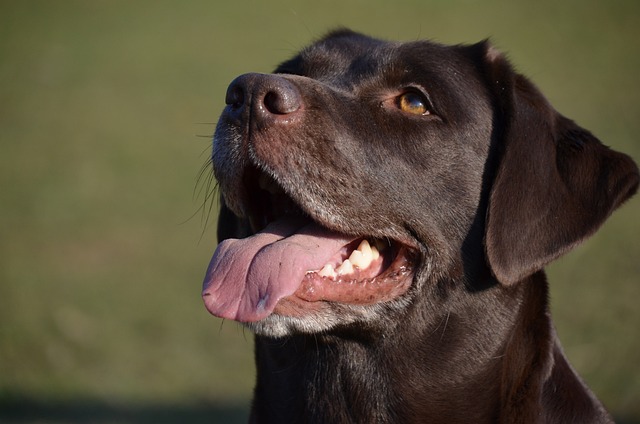
Early Signs of Heart Disease in Dogs Treatment and Care
Early signs of canine heart disease are subtle but crucial. Spotting them can extend your dog’s life and improve their quality of care—don’t ignore the quiet warning signs.
There’s nothing quite like watching your dog dash around the backyard, tail wagging freely. But when that energy suddenly dims, it’s natural to worry. A urinary tract infection (UTI) can turn your pup’s world upside down, and catching the signs early makes all the difference. Understanding what to look for is like being your dog’s personal health detective—you’re their first line of defense.
One of the most telling signs is a change in bathroom habits. If your normally reliable dog starts having accidents indoors or seems to need to pee constantly, it’s a red flag. They might squat repeatedly, straining to urinate but only producing small amounts. Some dogs even whine or yelp while trying to go, signaling that something’s painfully wrong down there.
Pay close attention to the color and smell of your dog’s urine. Healthy pee should be a pale yellow, but a UTI often turns it dark yellow, orange, or even bloody. The stench can also be overpowering—far worse than the usual dog bathroom odor. These physical changes aren’t just unpleasant; they’re your dog’s way of saying, “I need help.”
 Behavioral shifts are another key indicator. A dog in pain may become withdrawn, hiding away instead of joining family activities. They might lose interest in treats or playtime, a clear sign that something’s amiss. Some dogs even become more irritable, snapping when touched near their abdomen where the infection causes discomfort.
Behavioral shifts are another key indicator. A dog in pain may become withdrawn, hiding away instead of joining family activities. They might lose interest in treats or playtime, a clear sign that something’s amiss. Some dogs even become more irritable, snapping when touched near their abdomen where the infection causes discomfort.
Ignoring UTI symptoms can lead to serious complications. In male dogs, the infection can spread to the prostate, while female dogs face a higher risk of kidney damage. In extreme cases, bladder stones or even sepsis could develop. Remember, local animal welfare regulations emphasize responsible pet ownership, and seeking timely veterinary care is part of that commitment.
If you suspect a UTI, don’t try home remedies. Only a vet can confirm the diagnosis through urine tests and prescribe the right antibiotics. Keep your dog’s vaccination records updated, as a weakened immune system makes UTIs more likely. And always follow local leash laws—restricting your dog’s access to contaminated areas helps prevent future infections.
Caring for a sick dog can be stressful, but every wag after treatment is a victory. By staying vigilant and acting fast, you’re not just treating an infection—you’re giving your furry friend a chance to bounce back to their happy, healthy self. Your dog trusts you to look out for them, and recognizing the signs of a UTI is one of the most loving things you can do.

Early signs of canine heart disease are subtle but crucial. Spotting them can extend your dog’s life and improve their quality of care—don’t ignore the quiet warning signs.

Early detection and care can help dogs with heart problems live joyful, active lives—discover how timely treatment transforms their health and happiness.

Watching your dog strain to pee or wince in discomfort feels like a punch in the gut. Urinary tract issues can sneak up on our furry companions, but the good news?

Ever had that gut-wrenching moment watching your Golden Retriever struggle up the stairs,or noticed your Chihuahua panting wildly after a short walk?These aren't just normal signs of aging—they could be early whispers from your dog's heart.

Picture this: You’re sipping coffee on a Sunday morning when your Labrador retriever scratches the hardwood floor, the sound echoing like tiny drumsticks.

Hearing click-click-click as your dog walks across the hardwood floor? That’s the universal sign it’s nail trim time.